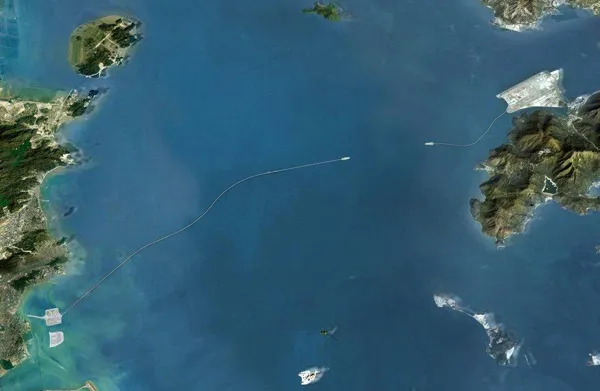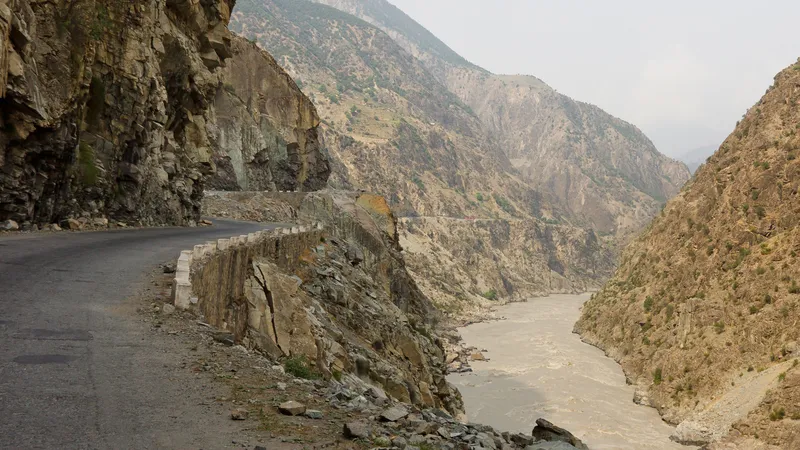Plans are now being drawn up for a series of projects that will form part of the China-Pakistan Economic Corridor (CPEC). Four road projects worth over US$3.32 billion have been added to the CPEC programme. The Chinese Government is now in agreement with the plans for the CPEC. One of the new roads being built will run from Naukundi, through Mashkel and to Panjgur. The road will join National highway N-40 with CPEC Route N-85, and the Zhob-Kuchlak route. This last link forms part of the Western Corridor CPE
September 28, 2017
Read time: 2 mins
Plans are now being drawn up for a series of projects that will form part of the China-Pakistan Economic Corridor (CPEC). Four road projects worth over US$3.32 billion have been added to the CPEC programme. The Chinese Government is now in agreement with the plans for the CPEC. One of the new roads being built will run from Naukundi, through Mashkel and to Panjgur. The road will join National highway N-40 with CPEC Route N-85, and the Zhob-Kuchlak route. This last link forms part of the Western Corridor CPEC Phase-II project. Another road project will run 200km from Mirpur, through Muzaffarabad to Mansehra (MMM). A 354km road project is for the Chitral CPEC Link Road, connecting Gilgit to Shindor and Chitral.
Meanwhile the first section of the Peshawar Bus Rapid Transit corridor project will be constructed by Maqbool-Calson-China Engineering (MCCE). The joint venture partners will construct Phase I of the link. Funding is being provided by the








